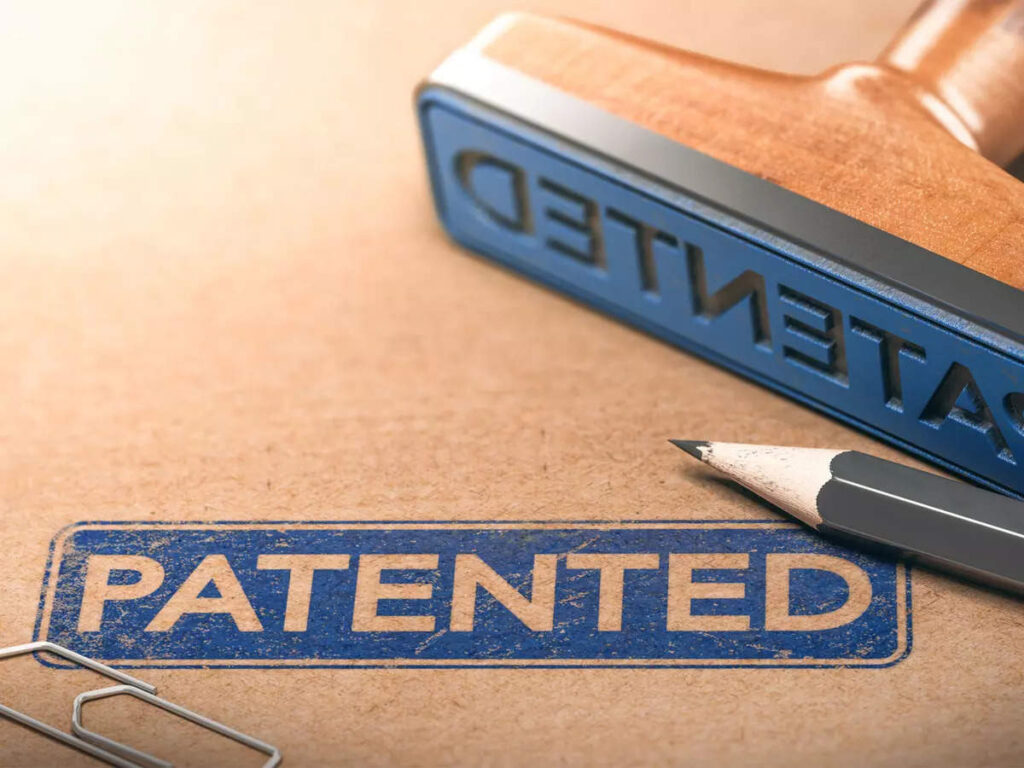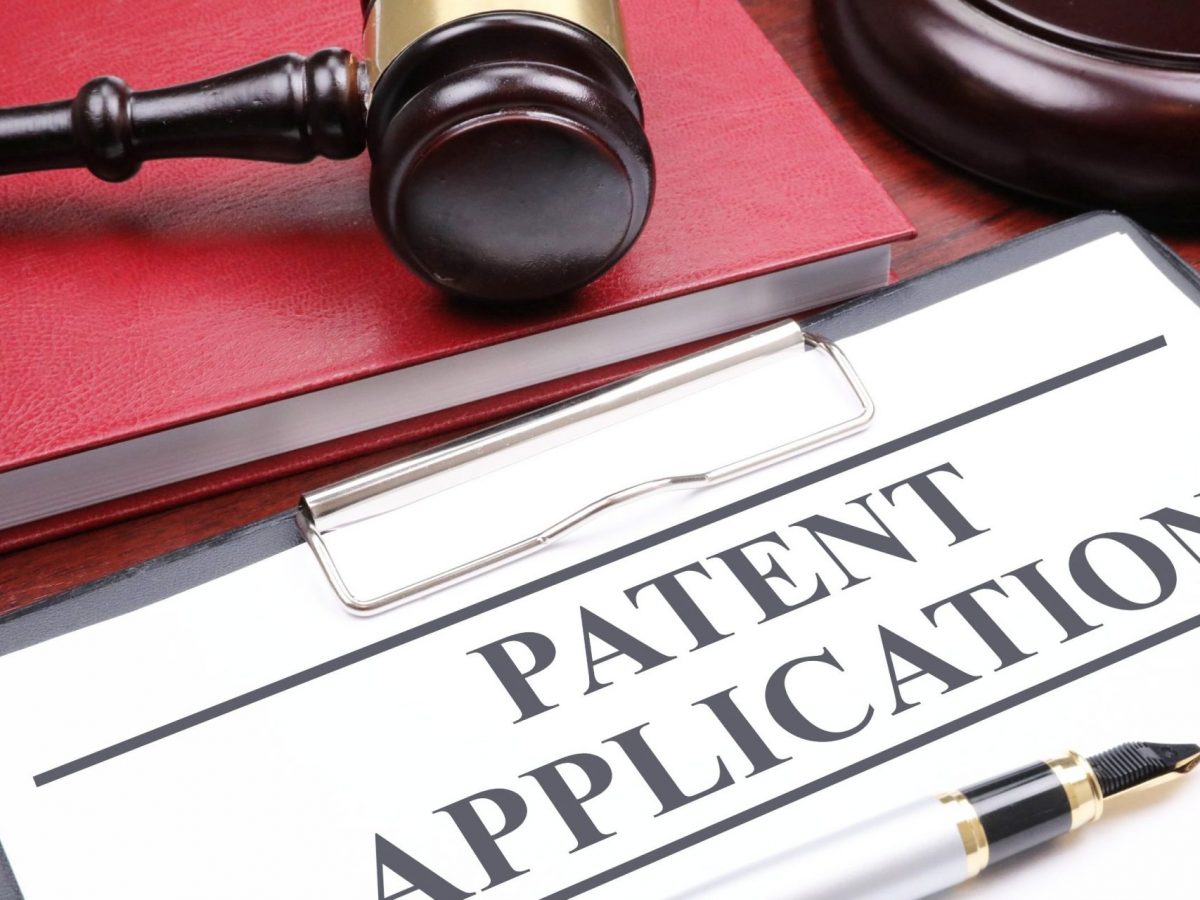Are you ready to take control of your future and fill out a patent application yourself? Then you’ve come to the right place! In this guide, I’m going to walk you through the steps needed to make sure your application is filled out correctly and give you all the tips and tricks you need to get it done quickly and easily. So, let’s dive in and get started on your path to success!
Gather Necessary Documentation
When filing a patent application on your own, it is important to ensure that you have all the necessary documentation in order to complete the process correctly. This includes any documents that are associated with the invention, such as diagrams, sketches, and specifications. Additionally, it is essential to have documentation regarding any previously issued ones related to your invention in order to establish prior art, as this can be used by the USPTO during their review process.
You should also include proof of inventorship, such as a power of attorney or letters written by other inventors who were involved in the development of the product. Finally, if you are filing internationally it may be necessary to provide additional evidence of ownership and other agreements with different entities. Gather up all these documents before beginning your patent application process so that you are not caught off guard during any step!
Understand the Patent Application Process

Before you start the application process, it is important to understand how the system works. The United States Patent and Trademark Office (USPTO) grants patents to inventors who develop new, useful and non-obvious inventions. The application must describe the invention in detail, so understanding what needs to be included in the application will help you succeed in obtaining a patent for your invention.
The patent application typically consists of five parts: a specification, drawings, a declaration or oath, an information disclosure statement and fees.
Specification: This section contains a detailed description of the invention including its purpose and results. It should provide sufficient information for someone skilled in that area to understand how it works and how to use it.
Drawings: Drawings are used to help illustrate your invention. They may include diagrams, photographs or diagrams of models or prototypes illustrating key elements of your invention.
Declaration or Oath: This document is signed by all inventors on the application and provides evidence that they believe they are entitled to certain rights related to the invention in question. This will generally include statements such as “I believe I am the first inventor” or “I believe this is not obvious” among other statements depending on federal regulations at any given time.
Information Disclosure Statement: An Information Disclosure Statement (IDS) is an optional statement providing any available information about prior art related to your invention that may be relevant during examination by USPTO examiners. If applicable, then this must be filed with each patent application but can be done so later at no additional cost if need be after the filing date within thirty days from filing date.
Fees: fees are required when submitting a patent application including filing fees as well as possible search fees if you choose not have an independent search performed before filing for a utility licence application fee for a provisional utility licence applications which allows inventors one year from time of filing otherwise pending applications lose priority over other applications with earlier priority dates subsequent examinations this among other expenses may incur when allocating resources into getting patents granted upon issuance guaranteed by USPTO attorneys.
While this guide was comprehensive enough to provide all the necessary information, it is always beneficial to consult with inventors and patent services who specialize in patent application related services. It is also important to keep up-to-date with recent changes in laws governing patent applications.
Prepare the Patent Application

Once you have conducted the necessary research and crafted your claims, you are ready to start preparing your application. This preparation process can seem daunting but there is good news; with proper guidance and the help of automated services, it doesn’t have to be. Here are some helpful tips for managing the preparation process:
Create a Cover Sheet: Begin by creating a cover sheet that provides summarized information about the invention. This should include the type of application, title of invention, name of inventor/s, frame list (a listing of drawings), total number of sheets in filing package, statement regarding mailing list and filing date.
Research Prior Art: You must search for existing ones prior to submission to ensure that you are not infringing on any other licences or similar inventions. To do this, use standard index databases such as The United States Patent and Trademark Office (USPTO) or Google Patents. Remember to document your findings and provide details in your patent application package.
Prepare Application Documents: Once you’ve checked for any prior arts, begin preparing your patent application. This should include a specification document, which further contains an abstract (brief overview of invention), background/background art (description/description of relevant technologies leading up to invention), brief summary of invention (further detailing what inventor has done differently than before), detailed description of invention (includes how device works or compositions yield desired result) patented claims (set out specific boundaries in which an infringer is liable), sequence listings if relevant ), right references cited and drawings if necessary. Alongside this is a formal drawing sheet which provides constructor views along with additional views showing details hidden away that allow an electronic radarist to understand how they can implement your new products features in their own electronic developments.
Conclusion

This guide has gone through the basic steps of filing for a patent and helping to simplify a complex process. As you work through this patenting process, it is important to keep in mind that there are significant costs associated with filing your application. The fees associated with obtaining a licence can vary greatly depending on the types of licences sought, the complexity of your invention, and whether or not you have applied for and obtained permission from any other inventors who may have similar applications pending.
The United States Patent & Trademark Office provides assistance to promote innovation and creativity by protecting inventors with strong, enforceable patents. Obtaining a patent gives you access to exclusive rights over an invention or product that can prevent others from capitalizing on your ideas without payment or authorization.
To protect your intellectual property rights, advance knowledge, and commercialization of new technologies for the economic benefit of all Americans, it is essential that inventors follow all applicable regulations whhttps://www.lawdepot.com/intellectual-property/?loc=USen applying for a United States Patent. With proper consultation and guidance from experienced professionals such as attorneys and technical experts, filing a successful application can be possible.

